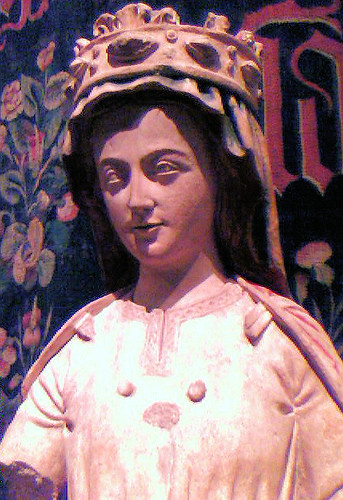There’s something very pure and fundamental about the art of Safavid Iran, which is given perhaps its fullest-yet exploration in an extensive exhibition at the Louvre.
This comes, I’d suggest, from its primary art form – the one from which the others drew their inspiration and idiom, which was small-scale paintings on paper. There’s nothing purer than a simple brush stroke – it leaves an artist nowhere to hide sloppy technique or inadequate composition.
The exhibition begins with the stunning “Banquet of Letters in the Garden”, an early 17th-century tile mosaic in rich greens, blues and yellows. Two poets write as two attendants wait. It is a picture of courtly, civilised life in a garden in which each leaf has its place.
For behind the centrality of manuscript painting was artists who were trying to depict characters with features matching those of the ideal beauty that was sung in poetry. The sky is painted in gold, turquoise or lapis blue and the grass emerald green. Patterns on bronze vessels and painted on pottery translate literary images that are symbols of the “celestial vault” that is the universe.
But that doesn’t prevent genuine, close exploration of the real world. One of the highlights, right at the start of the exhibition, is a joyous 15th-century blue and white ware vessel shaped in the form of a fowl. This is a bird that has just glorious ruffled up its feathers and with a full crop is about to settle down for a nice sun bath. There’s something right about that, since the text explains that this tradition of such wine vessels dates back to the start of the first millennium, when the Zorostrian practice of blood sacrifice was replaced by libations of wine, which would have flowed from this bird’s beak.
Continue reading
